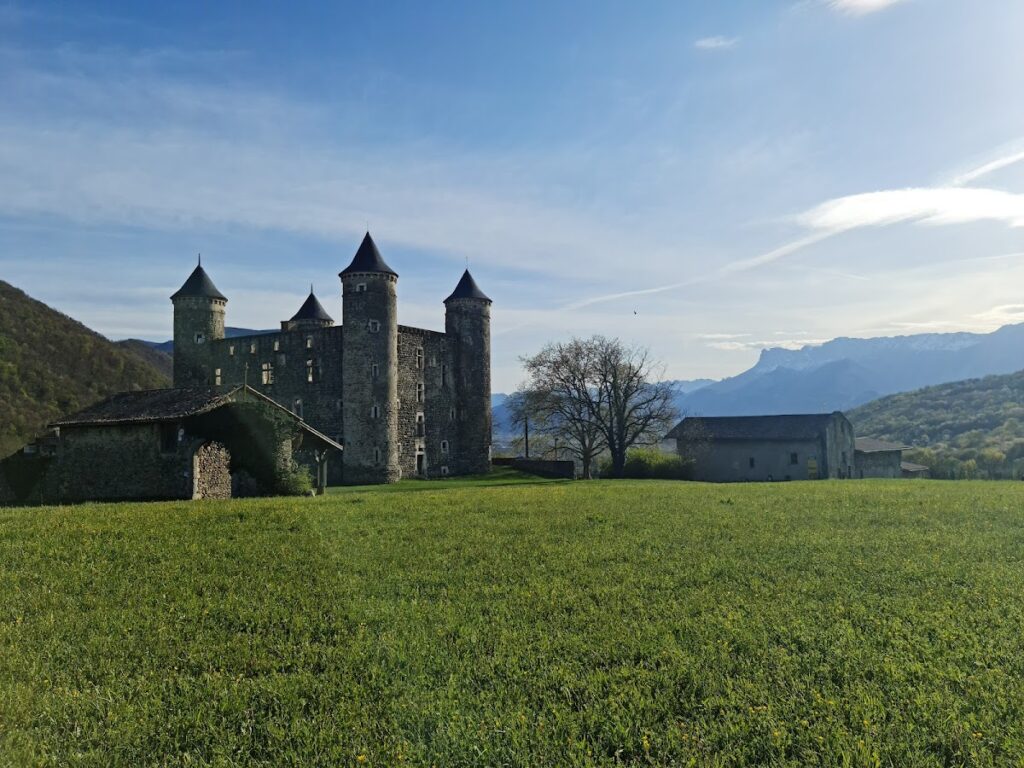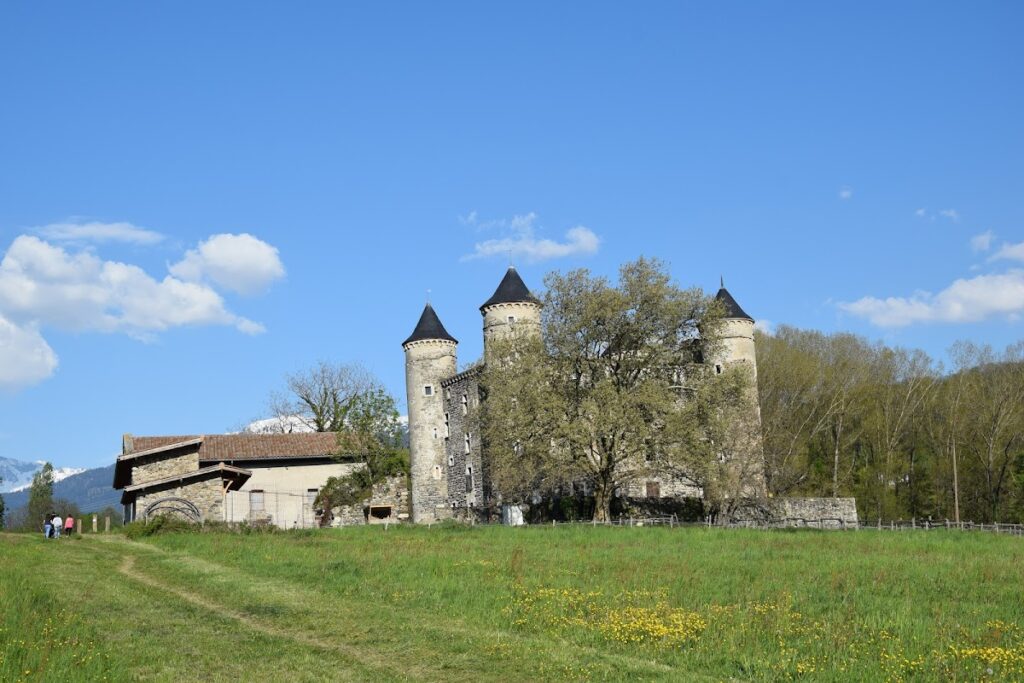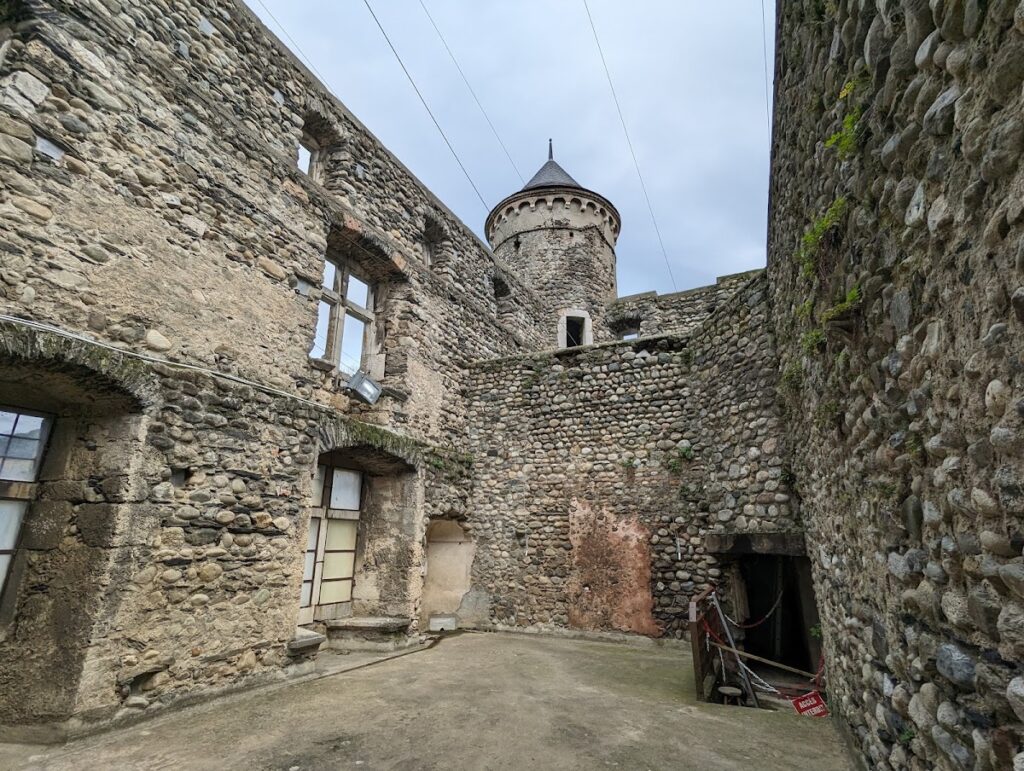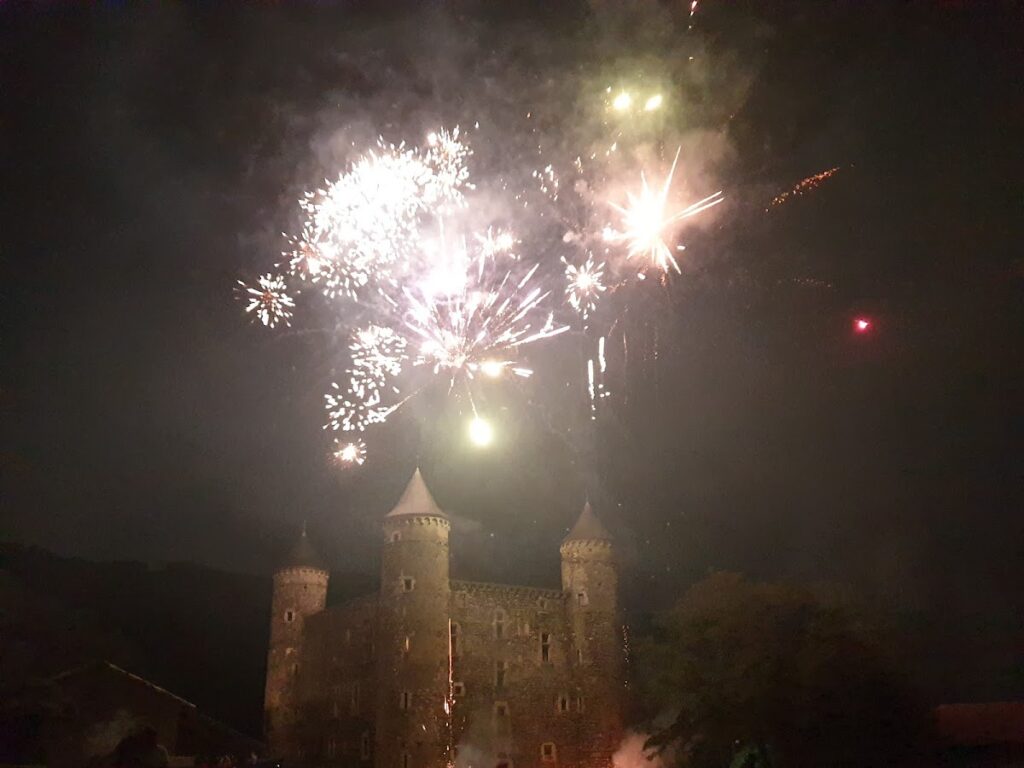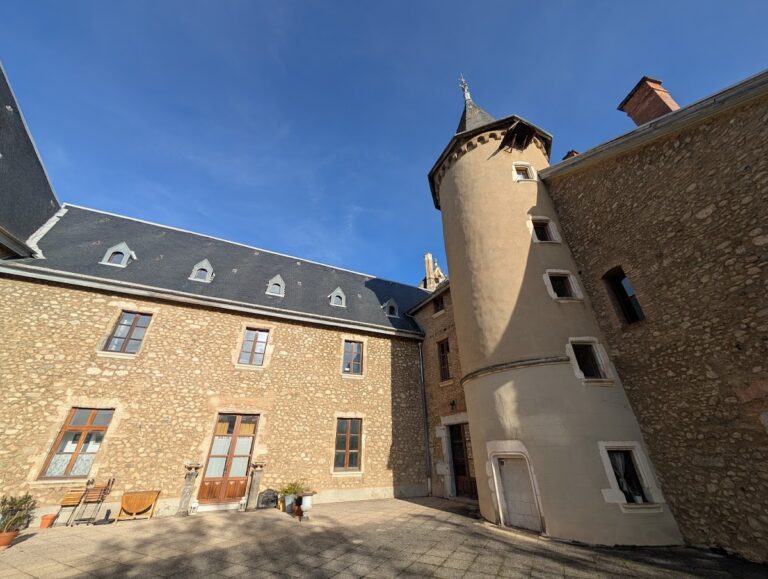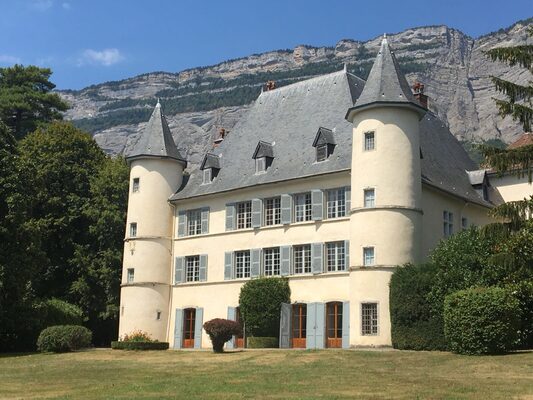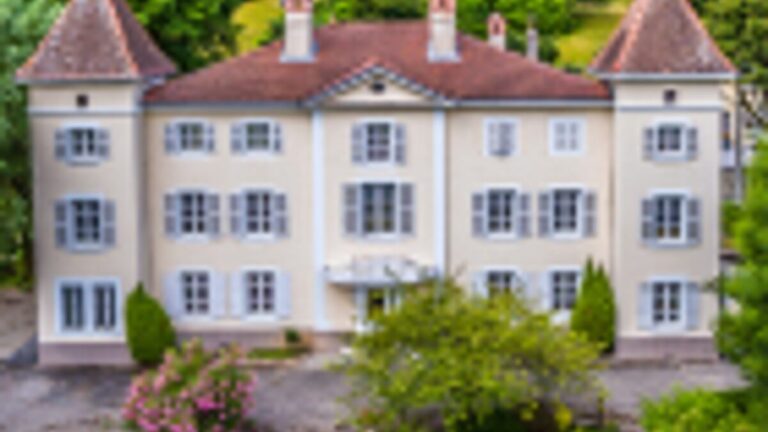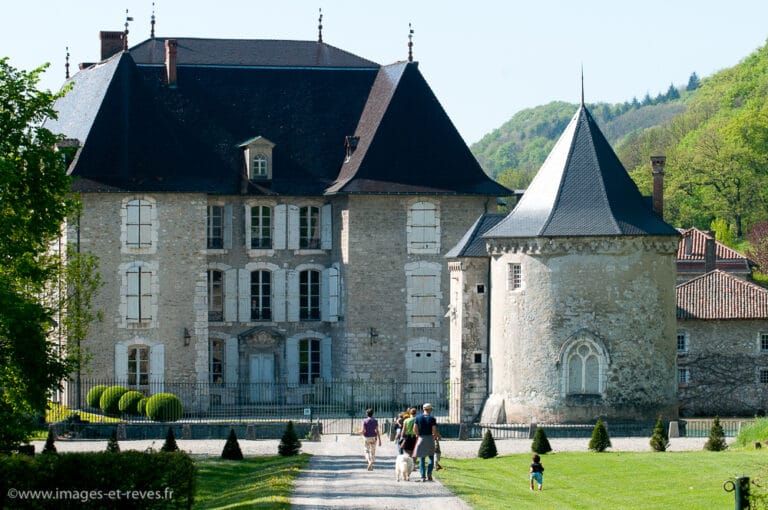Château de Bon Repos: A Historic Renaissance Château in Jarrie, France
Visitor Information
Google Rating: 4.6
Popularity: Low
Google Maps: View on Google Maps
Official Website: www.chateaudebonrepos.com
Country: France
Civilization: Unclassified
Remains: Military
History
The Château de Bon Repos is located in the municipality of Jarrie, France. It was built during the early Renaissance by the French noble Guillaume Armuet around 1470. The site reflects a long history of occupation and ownership spanning several centuries.
Initially, the château belonged to the Armuet family, who commissioned the construction of the main residence around the late 15th century, a period notable for early Renaissance architectural influences in France. In 1673, the estate passed into the hands of the d’Auberjon de Murinais family, who maintained possession until 1811. Following this period, the property was acquired by the Costa de Beauregard family.
Throughout the 19th century, the château experienced several changes in ownership before Jules Jouvin became its proprietor in 1874. The château remained in the Jouvin family until the late 20th century. During the First World War, specifically in 1917, the building suffered significant damage when its roof collapsed, which accelerated its decline.
In 1976, the local government of Jarrie purchased the château from the descendants of Jouvin. Shortly after, an association was established in 1978 to oversee restoration efforts and to promote activities aimed at revitalizing the site. Recognizing its historical importance, the château and the remnants of its surrounding enclosure were officially designated as historic monuments on October 8, 1986. Restoration continued into the 21st century, supported in part by funding from the Loto du Patrimoine in 2018, which focused on repairing the roof and windows of the main building.
Remains
The Château de Bon Repos is centered on a substantial rectangular main residence known as the logis. This primary structure dates back to the late 15th century and was originally covered by a roof, which unfortunately collapsed in the early 20th century. Despite this loss, the main building’s four corner turrets remain intact, offering insight into the defensive and residential design of early Renaissance châteaux.
Within the château, there is a Gothic-style chapel from the 15th century, which provides evidence of the site’s religious function alongside its residential use. Its architectural style distinguishes it from the Renaissance elements of the main structure, highlighting the blend of medieval and early modern influences at the site.
Encircling the château are enclosure walls that trace their origins to the 12th and 13th centuries. These older fortifications reveal that the location was a fortified site well before the Renaissance construction, representing an earlier phase of medieval defense. Today, these masonry remains stand as a testament to the château’s long-standing strategic importance and are recognized as part of the historic monument classification.
Restoration efforts over recent decades have focused primarily on preserving these key elements—particularly stabilizing the main residence’s openings and supporting the surviving structure where possible. The site also holds ecological value, recognized as a bird sanctuary by the Ligue pour la protection des oiseaux (LPO) under an agreement covering 2011 to 2014, showing the estate’s integration into natural heritage alongside its architectural legacy.

